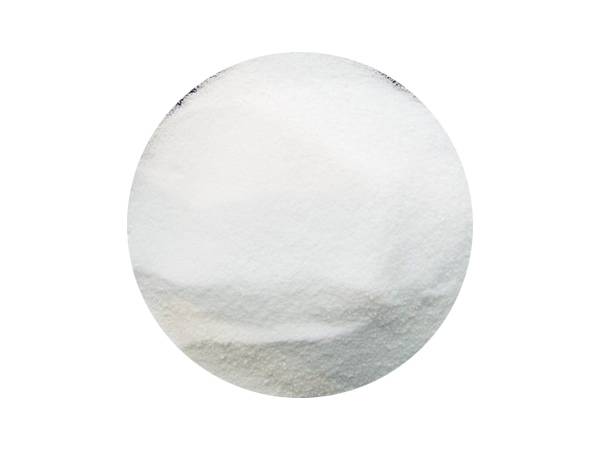



Two Essential Chemicals Utilized for Water Treatment in Treatment Plants
Two Chemicals Used to Treat Water in Water Treatment Plants
Water is a vital resource, essential for life, industry, and the environment. To ensure safe and clean drinking water, water treatment plants employ various methods and chemicals to remove contaminants and pathogens from raw water sources. Among these, two chemicals stand out for their critical roles in the water purification process chlorine and coagulants, such as aluminum sulfate.
Chlorine The Disinfectant
Chlorine has been one of the most widely used chemicals in water treatment for over a century. Its primary function is to disinfect water, effectively killing harmful bacteria, viruses, and other microorganisms that pose health risks to humans and animals. Chlorination is a crucial step in ensuring that water is safe for consumption before it reaches homes and businesses.
The process of chlorination involves adding chlorine or chlorine compounds, such as sodium hypochlorite (liquid bleach), to the water supply. This addition can occur at various points in the treatment process, often just before the water is distributed to consumers. Chlorine acts by penetrating the cell walls of microorganisms and disrupting their cellular processes, leading to cell death.
One of the significant advantages of chlorine is its residual effect. Chlorine remains in the water as it travels through pipelines to consumers, providing ongoing protection against bacterial regrowth. This residual chlorine helps to ensure that the water remains safe throughout its journey, reducing the risk of contamination.
However, the use of chlorine is not without challenges. While effective against a broad spectrum of pathogens, chlorine can react with organic matter in water to form disinfection byproducts (DBPs), such as trihalomethanes, which are potentially harmful to health. Water treatment plants must carefully monitor chlorine levels and water quality to minimize DBP formation, adhering to health regulations set by authorities.
Coagulants The Clarifiers
two chemicals used to treat water in water treatment plants

Another essential chemical used in water treatment is coagulants, with aluminum sulfate being one of the most common. Coagulation is the process of removing suspended particles from water, which can include solids, dirt, and even some types of bacteria that are too small to be removed by simple filtration methods.
The coagulation process begins when aluminum sulfate is added to raw water. This chemical reacts with natural particles in the water, causing them to clump together into larger aggregates known as flocs. Once these flocs are formed, they become heavy enough to settle out of the water during sedimentation, significantly reducing the turbidity and improving the clarity of the water.
After the sedimentation process, the clearer water can be further filtered and disinfected before it reaches consumers. The removal of suspended particles is crucial, not only for aesthetic reasons but also for effective disinfection. By eliminating solids, water treatment facilities make it easier for disinfectants like chlorine to penetrate and kill any remaining pathogens.
The use of coagulants also enhances the efficiency of filtration systems. With fewer particles present, filters can operate more effectively, leading to lower energy costs and reduced wear on equipment. However, just like chlorine, the use of coagulants must be managed carefully. Overuse can lead to excessive aluminum levels in treated water, which can be a concern for health and ecological balance.
Conclusion
In conclusion, chlorine and coagulants like aluminum sulfate play pivotal roles in the water treatment process, ensuring that the drinking water supplied to communities is safe and clean. Chlorine provides necessary disinfection to eliminate pathogens, while coagulants enhance the removal of turbidity and improve the efficiency of subsequent treatment steps.
As water treatment technologies evolve and the challenges of water quality become more complex, continuous innovation and monitoring are essential. Water treatment plants must adapt to changing regulations, emerging contaminants, and public health needs while maintaining the fundamental goal of delivering safe drinking water to all. The strategic application of these chemicals will remain a cornerstone of effective water treatment for years to come.
-
Why Sodium Persulfate Is Everywhere NowNewsJul.07,2025
-
Why Polyacrylamide Is in High DemandNewsJul.07,2025
-
Understanding Paint Chemicals and Their ApplicationsNewsJul.07,2025
-
Smart Use Of Mining ChemicalsNewsJul.07,2025
-
Practical Uses of Potassium MonopersulfateNewsJul.07,2025
-
Agrochemicals In Real FarmingNewsJul.07,2025
-
Sodium Chlorite Hot UsesNewsJul.01,2025










